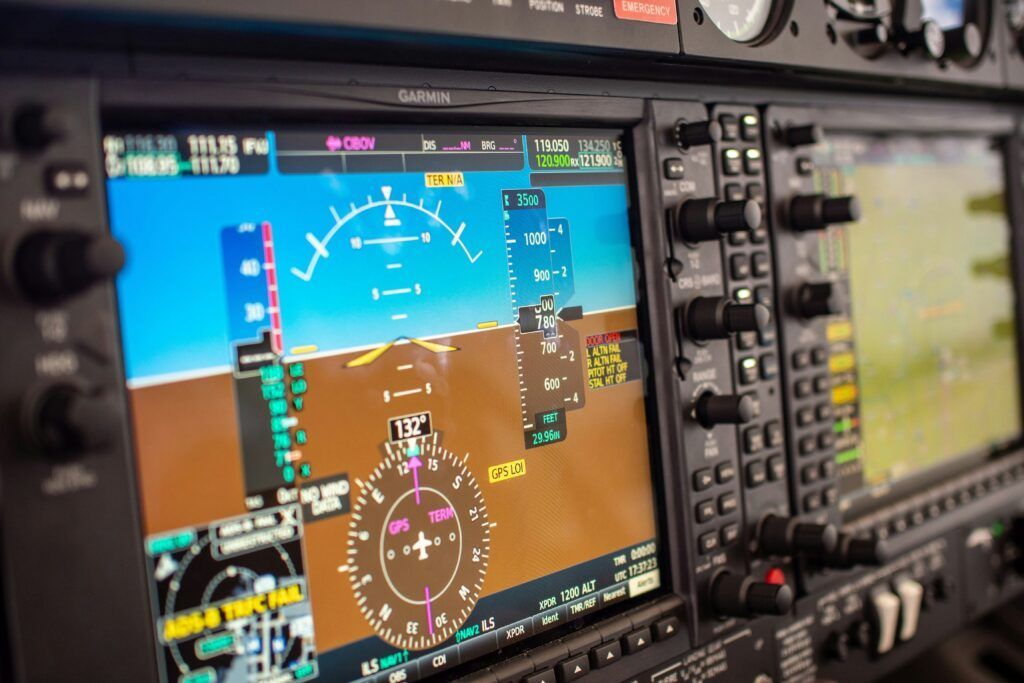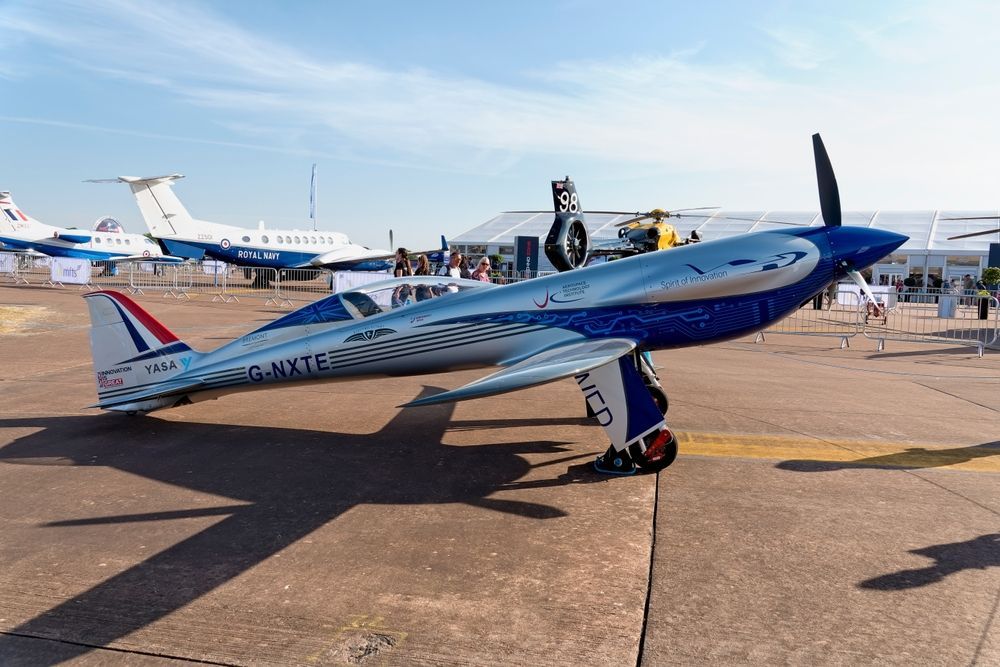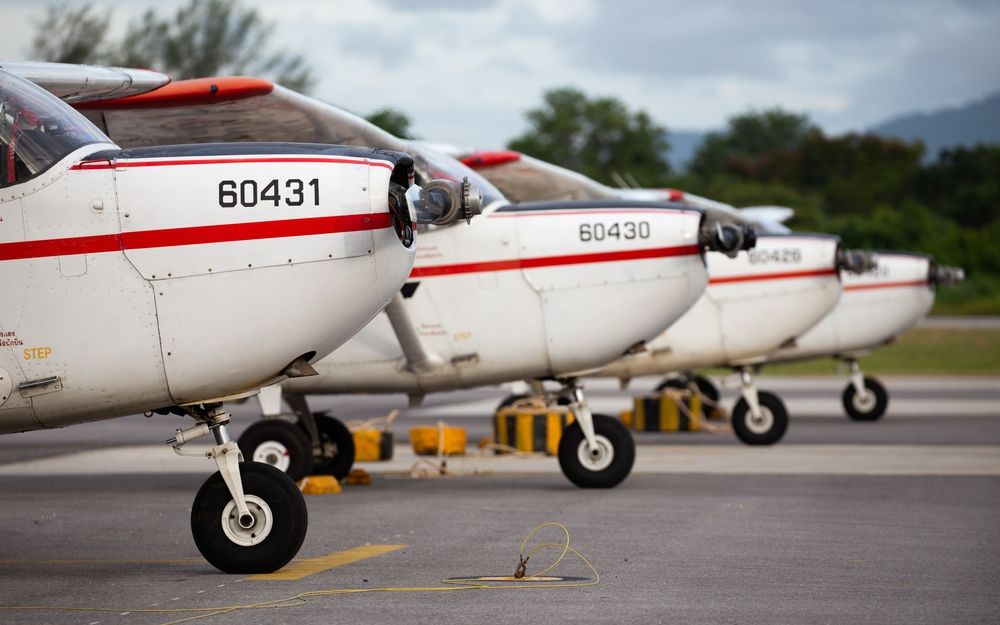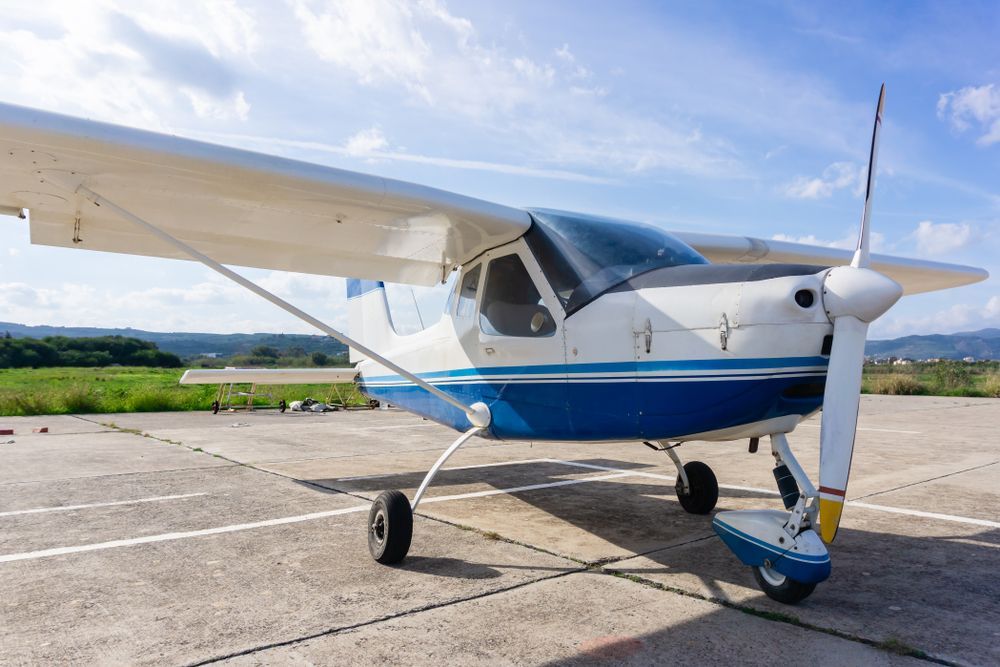What are Avionics: Definition, Systems, & Uses
Share this Article:
Whether it’s for safety , navigation, or communication purposes, today’s aircraft are loaded with a variety of features to help pilots take off, fly, and land planes while keeping every passenger on board safe. These electronic features on aircraft to help them do this are known as avionics. In this post, we’ll discuss the various types of avionics on aircraft:

Avionics Definition
Avionics is defined as a category of electronics and equipment that’s specific to aircraft and aviation. These electronics may be found in aircraft, satellites, spacecraft, and more. The term “avionics” is actually a blend between “aviation” and “electronics.” Essentially, any electronic or electronic equipment that has to do with aviation is considered avionic. In the next section, we’ll get into some of the various different types of avionics.
Types of Avionics Systems
There are various systems that make up the basics of avionics. They include:
Communication
This describes the avionics in the cockpit, notably the communications electronics that pilots use to speak to ground crews and personnel in control towers. In military aircraft, communications avionics are able to connect with satellites. Avionics airband is typically between 118 and 136.976 MHz, with some variation between the different types of aircraft.
Navigation
There are no roads or signs at 30,000 feet in the sky, which is why navigation avionics are so important. These consist of satellite systems, such as GPS or WAAS or a combination of both, to help pilots get from their origin to their destination. Navigation avionics in older airplanes may also consist of older platforms like VOR or LORAN.
Fuel System
Again, airplanes just can’t pull over to the side of the road when something goes awry. Pilots have to find the nearest safe landing spot and communicate with ground control to land the aircraft accordingly. It’s a big part of the reason why fuel system avionics are so important. These consist of fuel quantity indication systems, or FQIS, which help calculate remaining fuel levels. The fuel control and monitoring system (FCMS) is also an important tool that complements the FQIS.
Weather System
Flying in foul weather can cause turbulence and other issues when an aircraft is in flight. Weather system avionics help warn pilots of problematic conditions so they can adjust altitude or flight paths to maintain a safe flight journey. Weather system avionics work to detect storms and lightning. More advanced avionics include radar systems.
Other Avionics
Aside from the main categories mentioned in this section, there are various other types of avionics. These include:
- Collision avoidance: Traffic alert and collision avoidance systems (TCAS) help warn pilots of other nearby aircraft and potential collision threats.
- Flight control: This essentially refers to the autopilot function that’s available on commercial aircraft.
- Monitoring: Various gauges, dials, and instruments are located in the cockpit to help pilots assess conditions.
Contact Us Today
For more information on the various types of avionics or if interested in owning your own plane , contact J.A. Air Center today.




